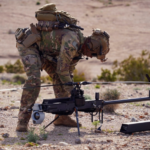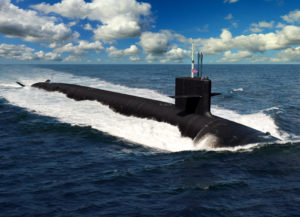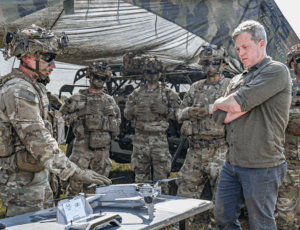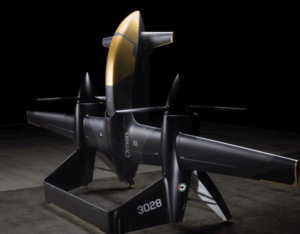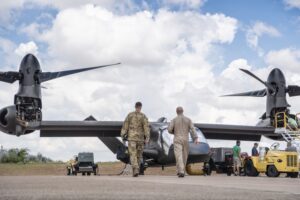
NASHVILLE, Tenn. – The Army’s 101st Airborne Division at Fort Campbell in Kentucky will be the first division to receive the new Future Long Range Assault Aircraft (FLRAA) and those deliveries could potentially begin in late 2028 or early 2029, senior leaders said Wednesday. Gen. James Mingus, the Army vice chief of staff, first confirmed the initial fielding plans to the 101st in remarks at the Army Aviation Association of America’s annual conference here, and said the decision was “based on…

 By
By 